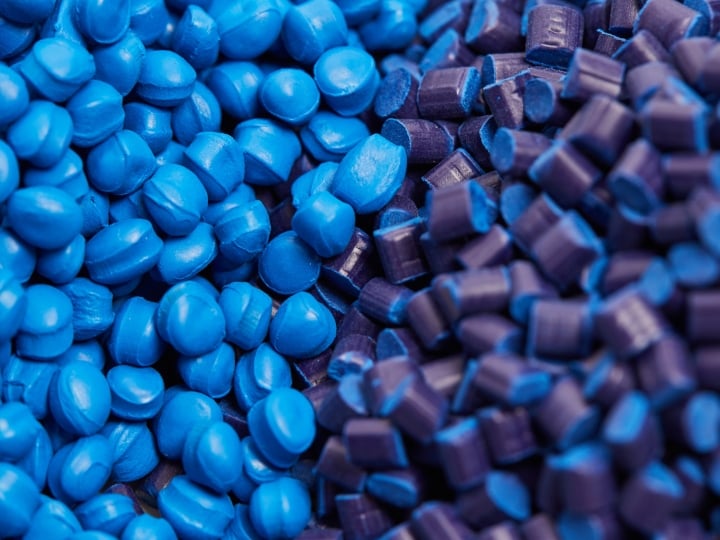Dielectric Constant (DC) and Dissipation Factor (DF) according ASTM D150, IEC 60250
Dielectric Constant is used to determine the ability of an insulator to store electrical energy. The dielectric constant is the ratio of the capacitance induced by two metallic plates with an insulator between them to the capacitance of the same plates with air or a vacuum between them. Dissipation factor is defined as the reciprocal of the ratio between the insulating materials capacitive reactance to its resistance at a specified frequency. It measures the inefficiency of an insulating material. If a material were to be used for strictly insulating purposes, it would be better to have a lower dielectric constant.
When a material is to be used in electric applications where high capacitance is needed, a higher dielectric constant is required. The test can be conducted at different frequencies, often between the 10Hz and 2MHz range - the specific frequency is determined by the customer.
Test Procedure:
A sample is placed between two metallic plates and capacitance is measured. A second run is measured without the specimen between the two electrodes. The ratio of these two values is the dielectric constant.
Specimen size:
The sample must be flat and larger than the 50mm (2 in) circular electrodes used for the measurement.
Data:
Dielectric constant =
Capacitance, Material as dielectric
Capacitance, Air (or Vacuum) as dielectric
**Please note that this test description is intentionally generic in nature and aimed at providing a descriptive summary to enhance test understanding. Due to copyright restrictions, we are not able to provide copies of standards. Standards can be obtained from appropriate standards authorities.

